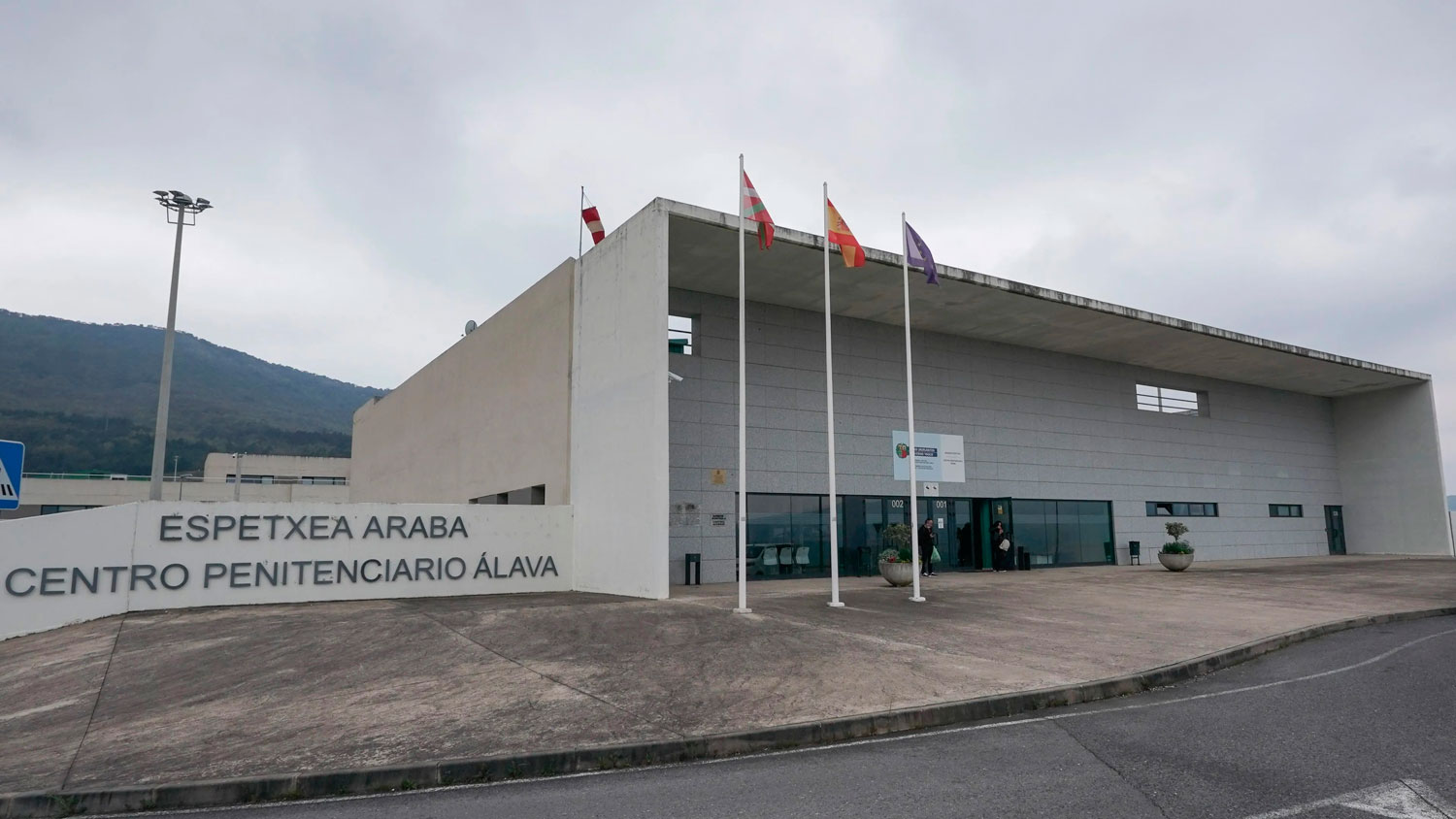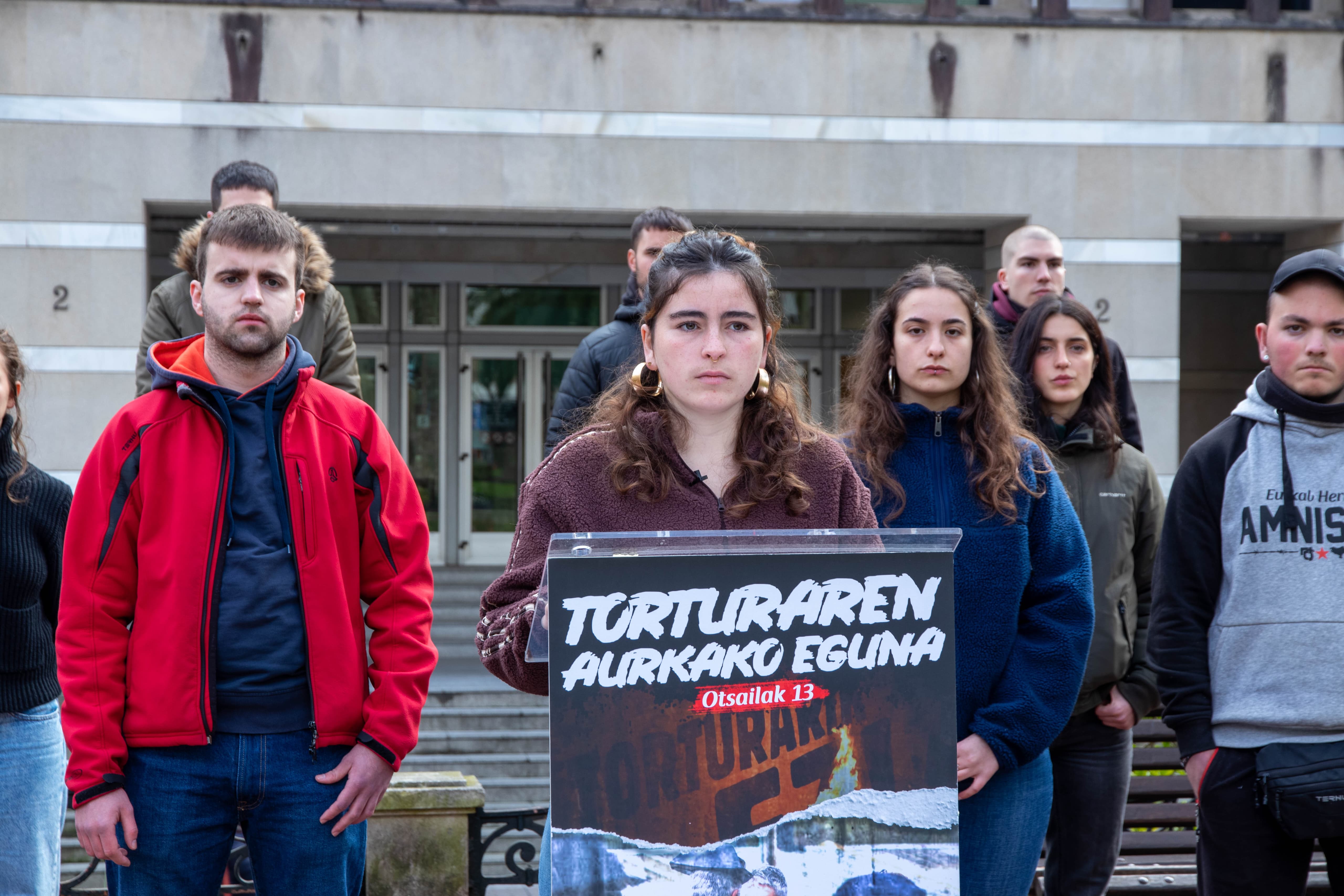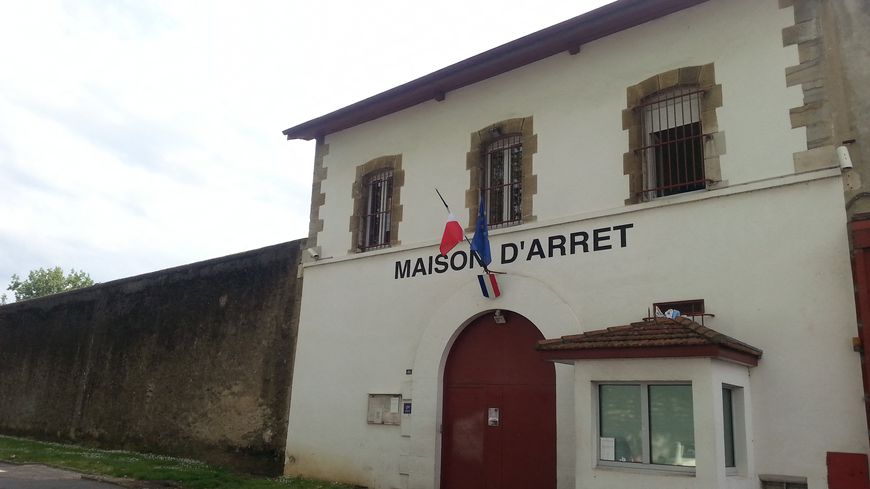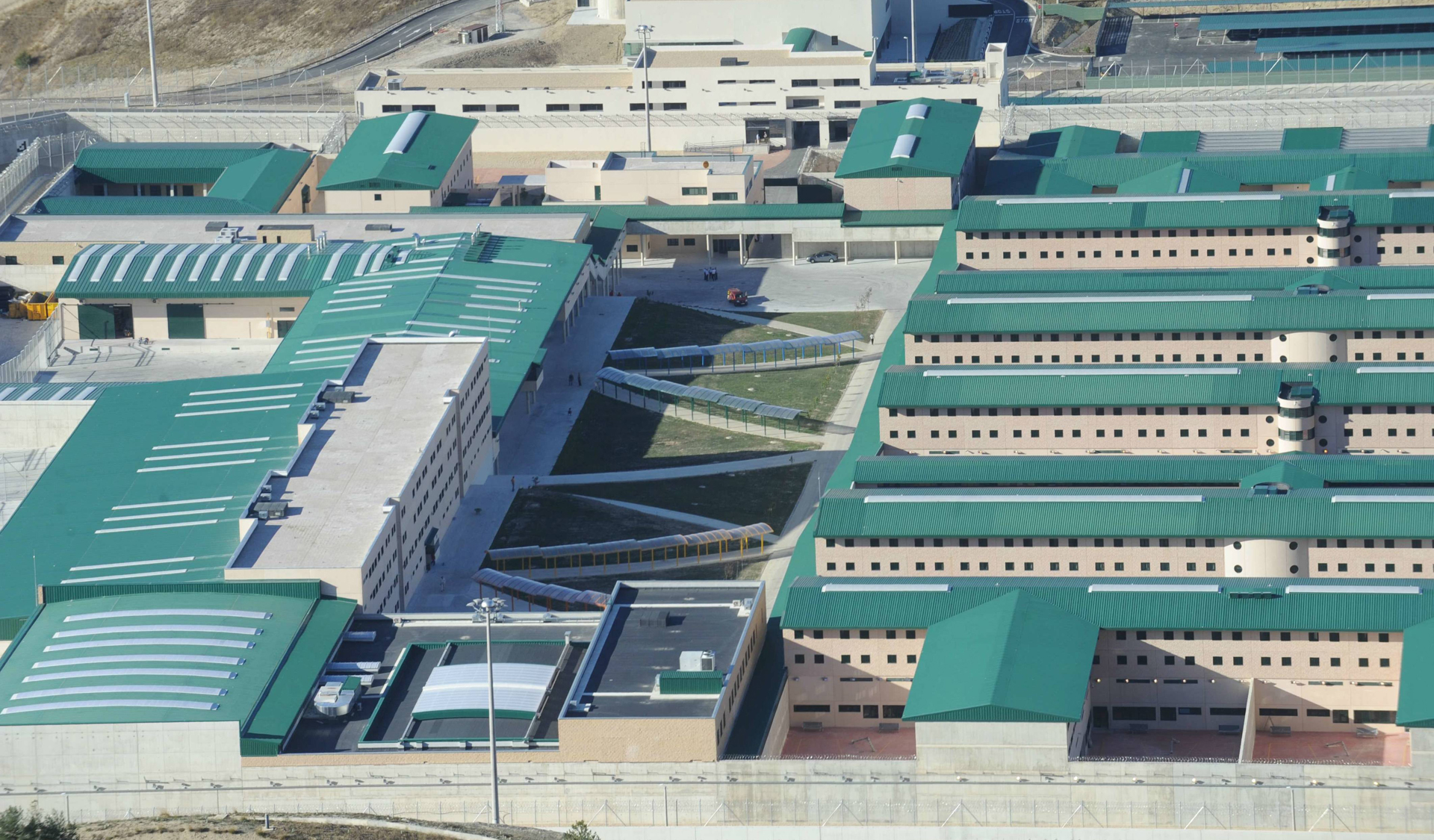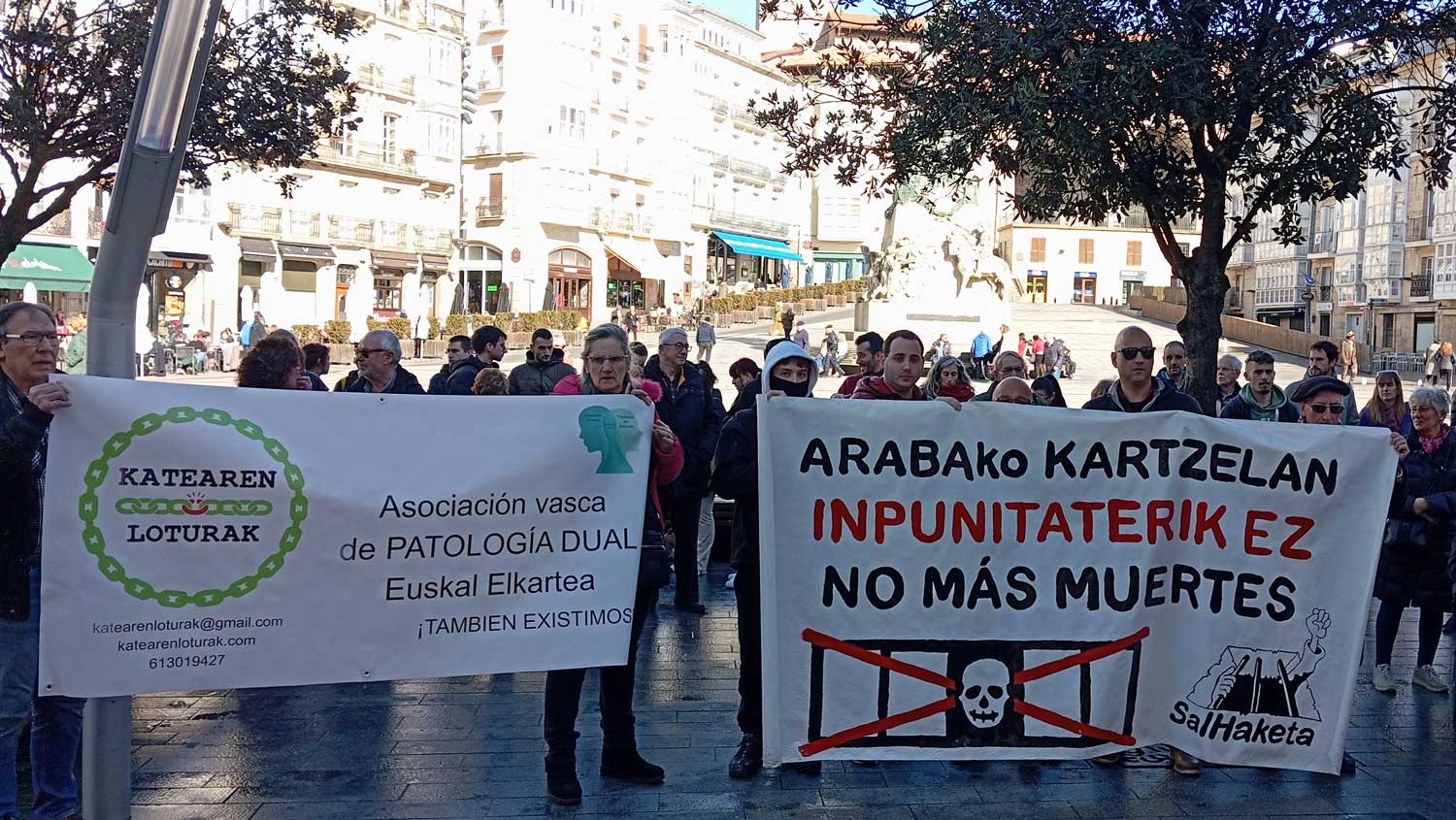Attica: half a century without improvement
- 50 years ago, on 9 September 1971, prisoners in Attica prison in the United States rose up to demand better living conditions. The governor of New York State ordered the police to be forcibly imprisoned and caused 39 deaths.
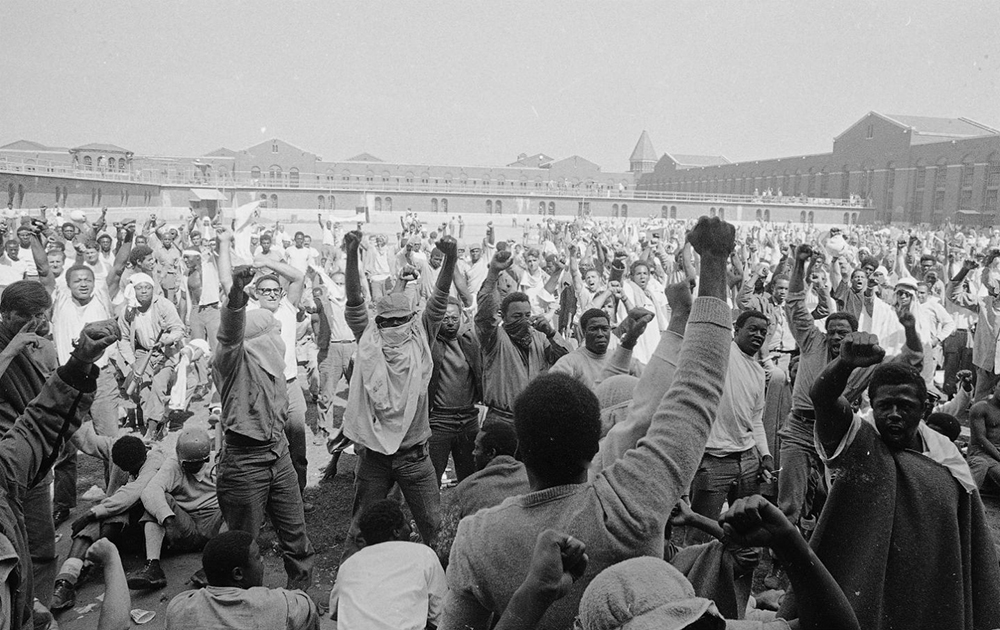
Attica (New York, USA), 9 September 1971. The prisoners in Attica prison rose up, driven by the need for political rights and better living conditions, and managed to control the prison for four days. In the first few hours there were four deaths: three prisoners and one watchman. The rebels kidnapped 42 guards and workers from the prison.
As the entry on that day of the ARGIA calendar states, 1,281 were the insurgent prisoners. At that time there were 2,243 prisoners in Attica, although the building was actually designed for up to 1,200. And accumulation wasn't the only problem. Historian Howard Zinn thus described the preconditions for the rebellion: “The prisoners spent between 14 and 16 hours a day in the cell, they read the mail and restricted the readings, they made visits from relatives with a screen, the health care was very deficient, the system of unjust parole, racism anywhere…” At that time, 54 percent of Attica's prisoners were black, when the black population in New York State was around 20 percent, and 37 percent white, despite exceeding 70 percent of the state's population. As for the guards, all the others were white.
Although various demands were accepted by the prisoners in the initial negotiations, State Governor Nelson Rockefeller refused to talk to the rebels and on the fourth day ordered the recovery of the prison with force. It caused 39 deaths: 9 hostages and 30 prisoners. Once the insurrection was controlled, the media waiting abroad explained in detail the horrors of the rebels to the dead. It was later discovered that it was not true, that all the deaths were caused by police forces.
Immediately after the uprising, the New York State theoretically took six steps to improve prison conditions. In practice, there was little improvement. And that little improved would disappear in the next two decades, when unbalanced and unjust drug laws came into force across the United States.
The prisoners, after a long and hard struggle, got the justice that gave them the right in 2012 and received a total of $8 million in compensation. Immediately after the uprising, the New York State theoretically took six steps to improve prison conditions. In practice, there was little improvement. And that little improved would disappear in the next two decades, when unbalanced and unjust drug laws came into force across the United States.
"They managed to dehumanize prisoners even more"
At the time of the rebellion there were 12,500 prisoners in New York State, compared with 72,600 in 1999. Today EE.UU. is the country with the highest percentage of population in the world, with 2.3 million people. More than 40 per cent are Black, although they represent only 14 per cent of the total population.
In 2016, historian Heather Ann Thompson collected in detail what happened in Attica in his book Blood in the Water. In addition to interviewing the protagonists and witnesses, he had the opportunity to analyze non-public documents, thanks to an administrative error in the Buffalo archives. But Thompson is not optimistic. “The rebellion in Attica and in other prisons of the same time was closely related to the civil rights movement. The disproportionate response of the authorities managed to break this link, oppose public opinion and further dehumanize prisoners.
It seems that in the last decade a few prisoners have reorganized themselves in favour of their rights, but then they see, for example, that today prisoners spend more time in isolation than ever before. The current conditions are much worse than those of 50 years ago, because after Attica there was no change in what had to be changed.”
“Saihestu egingo dira giza eskubideen, ordenamendu juridikoaren eta espetxeetako tratamendu psikosozialaren aurkako balioak eta jarrerak babestea, justifikatzea eta goratzea ekar dezaketen adierazpenak”, dio, besteak beste, agiriak. Azaroan Eusko Jaurlaritzako... [+]
34 edo 35 urteko gizonezkoa, gasteiztarra eta alaba baten aita, ostegunetik ostiraleko gauean hil zen, Salhaketak jakinarazi duenez. Elkarteak gogoratu du Jaurlaritzak espetxe eskumena hartu zuenetik hiltzen den bederatzigarren presoa dela, eta egiturazko aldaketak eskatu ditu... [+]
Alarma jo du, beste urte batez, OIP Presondegien Nazioarteko Behatokiak. Abenduaren lehenean marka berri bat hautsi zen frantses estatuan, 80.792 pertsona atxiloturekin. Espetxe-administrazioaren aitzinikuspenen arabera, gainera, 86.000 baino gehiago izan litezke 2027an egungo... [+]













